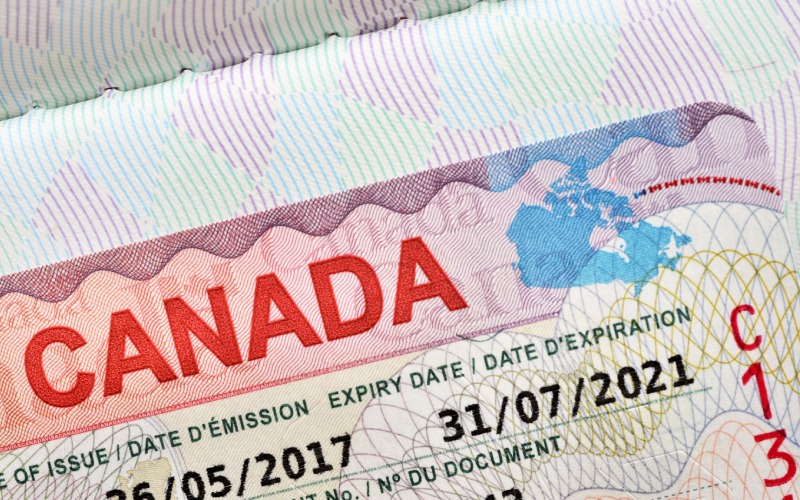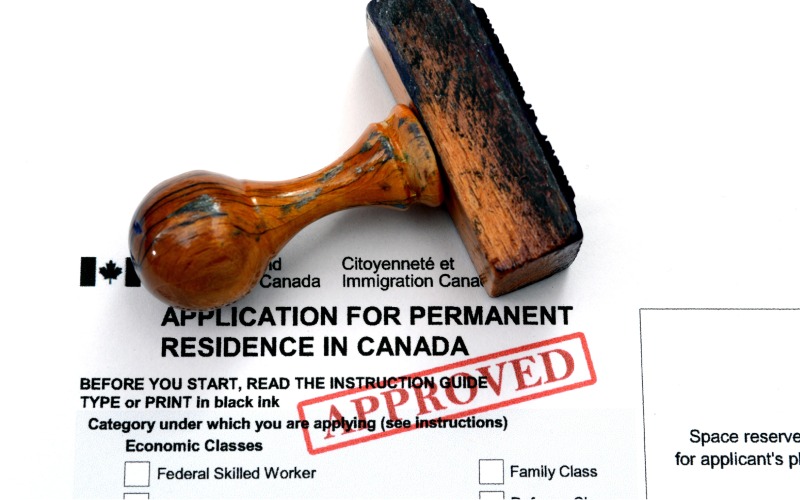As of April 30, 2024, Immigration, Refugees and Citizenship Canada (IRCC) is managing over 2.2 million applications across its various immigration programs. This encompasses both those within expected service standards and an extensive backlog that developed as Canada increased immigration numbers after Covid, increasing the pressures on the system.
However, recent announcements by IRCC have indicated they aim to take a multifaceted approach to address these challenges, with a focus on improving efficiency, reducing waiting times, and maintaining Canada’s appeal as a destination for global talent.
Current State of Immigration Applications
In 2023, IRCC finalized over 7.3 million decisions, yet the total number of pending applications exceeded 2.2 million as of the latest data. This immense volume underscores the complexity and scale of the immigration process, which includes a diverse range of applications such as permanent residence, temporary residence, and citizenship.
The inventory includes applications processed within standard timeframes and those exceeding these limits, which are classified as backlogged. The persistent backlog, particularly exacerbated by the COVID-19 pandemic, has brought significant scrutiny and calls for reform. The Office of the Auditor General (OAG) of Canada highlighted these issues in a critical report in 2022, leading to an action plan from IRCC aimed at addressing the backlog more effectively.
Reducing the Backlog: Key Initiatives
The IRCC’s goal is to process 80% of applications within their designated service standards, acknowledging that some complex cases may take longer. Service standards vary depending on the type of application. For instance, family class sponsorships are expected to be processed within 12 months, while Express Entry applications typically take six months.
To achieve this goal, the IRCC is implementing some key initiatives in response to the 2024 backlog. These were based on findings and recommendations from a report by the Office of the Auditor General (OAG) in October.
Establishing and Communicating Service Standards
By December 31, 2024, IRCC aims to set clear service standards for all its programs, including those currently without them. This move is designed to provide applicants with transparent expectations about processing times.
Monitoring Differential Wait Times
Recognizing disparities in processing times within and across programs, IRCC plans to develop tools to monitor and address these discrepancies. This includes analyzing the impact of the applicant’s country of origin and ethnicity on processing times.
The OAG report emphasized the need to address processing disparities, particularly those that may be influenced by the applicant’s country of origin. In response, IRCC is developing a pilot project to collect and analyze race-based and ethnocultural data. This initiative aims to identify and mitigate potential biases in processing times and outcomes.
Resource Allocation and Workload Management
IRCC is developing systems to better match workloads with available resources. Certain offices have been disproportionately burdened compared to others. By April 1, 2024, IRCC intends to implement a tool to continuously monitor and adjust these imbalances.
Leveraging Technology and AI
IRCC continues to expand its use of digital tools and AI to streamline processes. This includes automating eligibility determinations and distributing applications more efficiently. The success of these tools has already been seen in the expedited processing of spousal Temporary Resident Visa (TRV) applications.

Comparative Insights: Progress and Challenges
The OAG report indicated that throughout 2022, the backlog of permanent residency exceeded acceptable levels throughout the COVID-19 pandemic and that refugees had been disproportionately impacted by the backlogs.
Permanent Residence
Between January and October 2023, significant strides were made in reducing backlogs in several permanent residence categories.
Federal High-Skilled Worker Program
The backlog was reduced from 20% to 12%.
Provincial Nominee Program (Express Entry)
The backlog decreased from 38% to 27%.
Family Class Sponsorship
The backlog for spouses, partners, and children (excluding Quebec) dropped from 24% to 16%.
Despite these improvements, challenges remain, particularly in the Privately Sponsored Refugee (PSR) program, because of the high demand for the program, the impacts of COVID-19, and other factors. The backlog for PSR applications older than two years grew by about 1,000 during the same period.
Temporary Residence
Temporary residence applications, including visitor visas, work permits, and study permits, have seen a surge, so the backlog in these categories continues to challenge IRCC’s capacity to process applications efficiently.
Citizenship
IRCC has been streamlining the citizenship application process, although high numbers and the need for thorough reviews remain a factor.

Current IRCC applications as of April 2024
Total Applications
- 1,323,100 within service standards
- 897,100 in backlog
Temporary Residence
- 661,300 (55% of 1,209,400) within service standards
Permanent Residence
- 447,500 (60% of 749,900) within service standards
Citizenship
- 214,300 (82% of 260,900) within service standards
You can check your estimated processing time on the Government of Canada website.
Future Outlook
The IRCC’s plans to reduce backlogs and improve processing times may also be facilitated by new policies that aim to restrict some immigration, such as international students. As of March 2024, Canada has set a goal to reduce the temporary resident population from 6.2% to 5% by 2027. As demands on the processing systems start to be eased, the backlog and delays will likely also ease.
Additionally, the IRCC indicated that if it believes further actions are needed to reduce the wait times, they would be fully implemented by April 2025.
Permanent Residence



Citizenship

Temporary Residence


Oro Immigration specializes in Canadian immigration and has helped thousands of immigrants visit, work, study, and live in Canada. If you have questions on how the immigration backlog could impact your application, or have other questions about the process and changing immigration policies, we are here to help.


